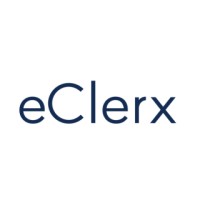
eClerx
eClerx is a productized services company, bringing together people, technology and domain expertise to amplify business results. Our mission is to set the benchmark for client service and success in our industry. Our vision is to be the innovation partner of choice for technology, data analytics and process management services.






